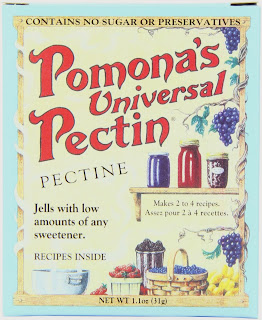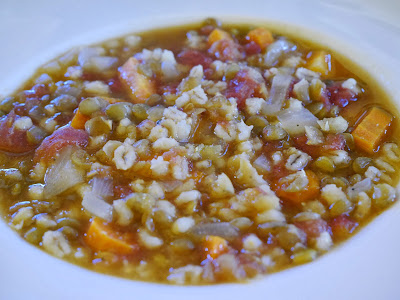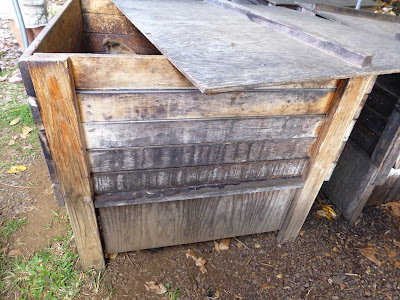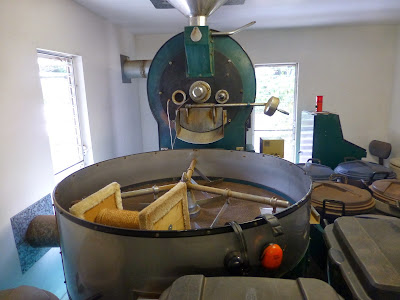 |
| We added fresh pears and pomegranate arils to our popular low-sugar cranberry sauce. Follow Foods For Long Life on Facebook and Pinterest. |
Get Them While You Can
I can't get enough of fresh cranberries and pomegranates. Just knowing they will soon be gone makes me appreciate them even more.
Here's a variation of our popular low-sugar cranberry sauce recipe with the addition of pears and cranberries. It was a big hit at Thanksgiving and it could be a great addition to your Christmas menu too!
Serve it with roasted root vegetables, stuffed acorn squash, rice casserole, on top of a baked sweet potato, with vegan stuffing, or just eat it with a spoon. It keeps well so you can make it early in the day or even the night before.
* * *
Low-Sugar Cranberry Sauce with Pomegranate and Pear
Vegan, Gluten Free
[makes 10 to 12 servings]
1 large pomegranate
1 teaspoon grated orange peel
Juice from one large organic orange
Water
1/3 cup organic cane sugar
12 ounce bag fresh cranberries, stems removed
1 pear, peeled and diced
8 drops stevia, or to taste (optional)
To remove the arils, see my post on how to neatly clean a pomegranate and set aside the pomegranate arils.
After grating what you need from the orange peel, cut the orange in half. Squeeze the juice from both of the orange halves into a 1-cup measuring cup. Fill the rest of the measuring cup up with water. Place in a small saucepan with the orange peel and sugar.
Heat on medium heat, stirring, until the sugar dissolves.
Add the cranberries and bring to a boil on high heat. Reduce the heat to medium-low and cook, stirring occasionally, until the cranberries pop and the sauce thickens, 8 to 10 minutes.
Add the pear and cook for another minute or two, stirring frequently.
Remove from the heat and add a few drops of stevia at a time until the sauce reaches the desired sweetness. Be careful because too much stevia will actually make it bitter.
Stir in the pomegranate arils. Place in a serving bowl, cool to room temperature and serve.
Store in the refrigerator.
Per serving (10) 81 calories, 0 g total fat, 0 g saturated fat, 9 mg omega-3 and 42 g omega-6 fatty acids, 0 mg cholesterol, 1 g protein, 20 g carbohydrates, 3 g dietary fiber, and 2 mg sodium.
Per serving (12) 67 calories, 0 g total fat, 0 g saturated fat, 7 mg omega-3 and 35 mg omega-6 fatty acids, 0 mg cholesterol, 1 g protein, 17 g carbohydrates, 3 g dietary fiber, and 2 mg sodium.






































